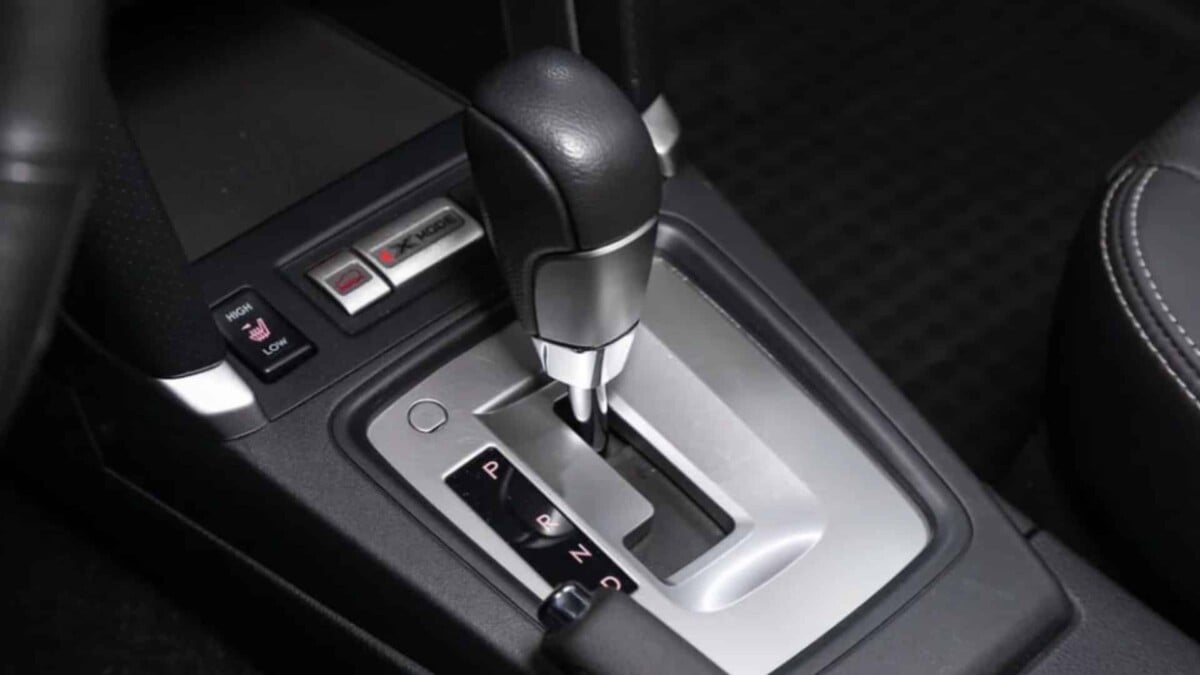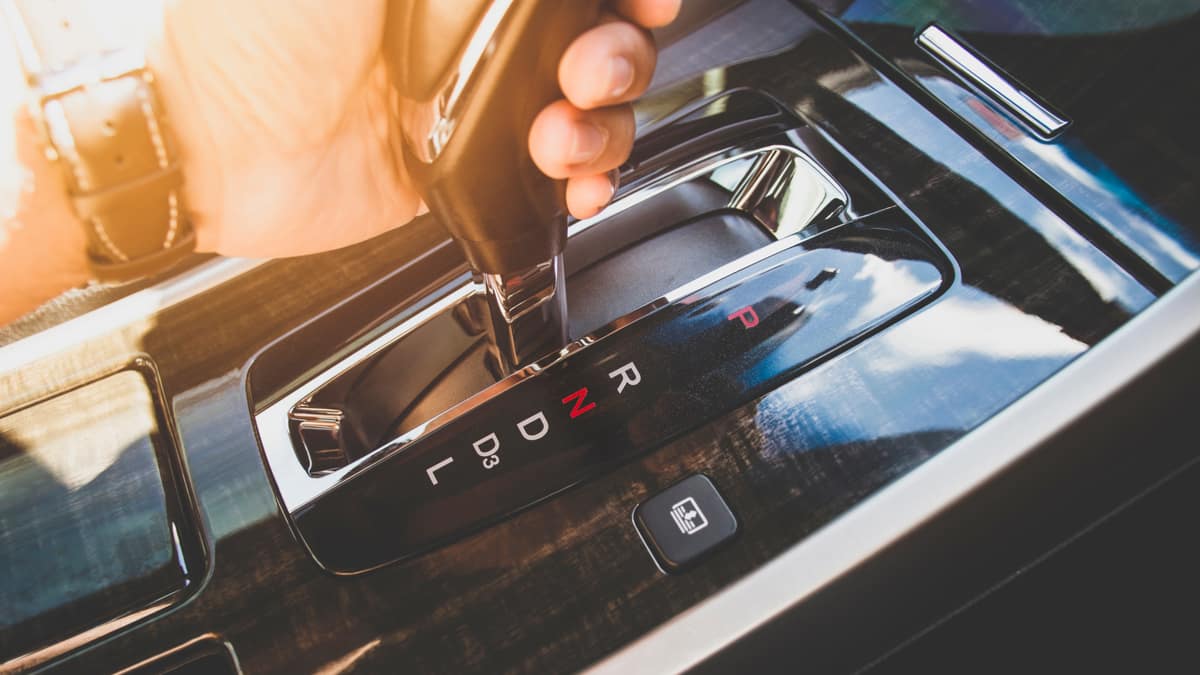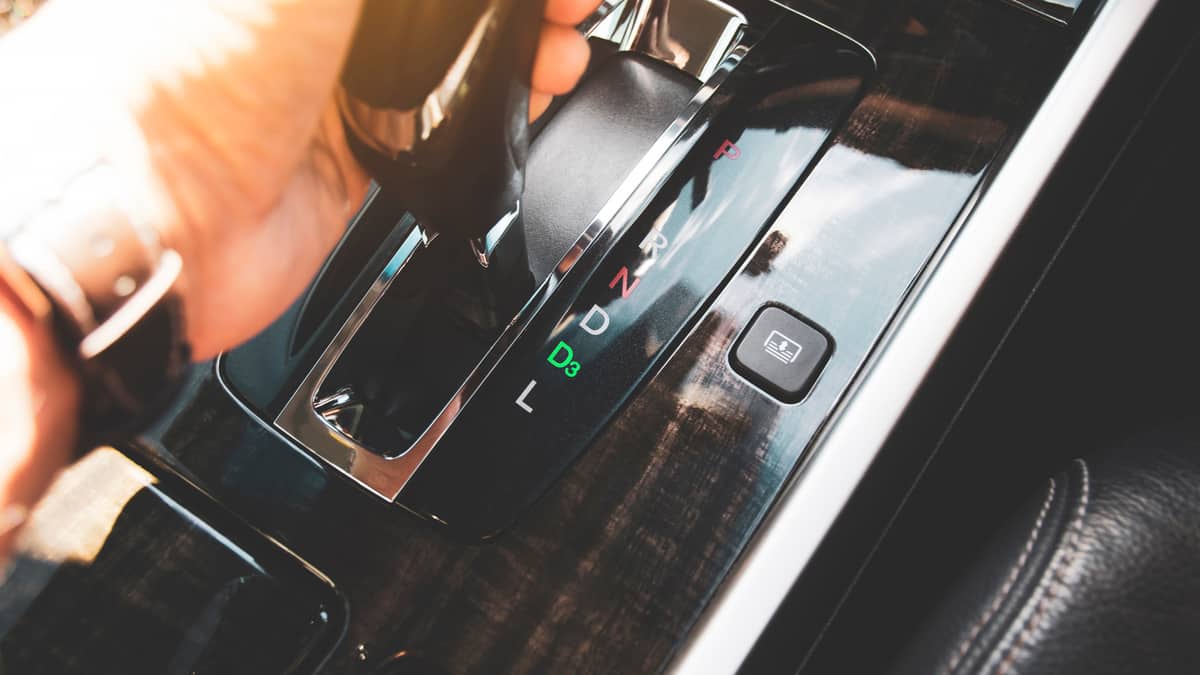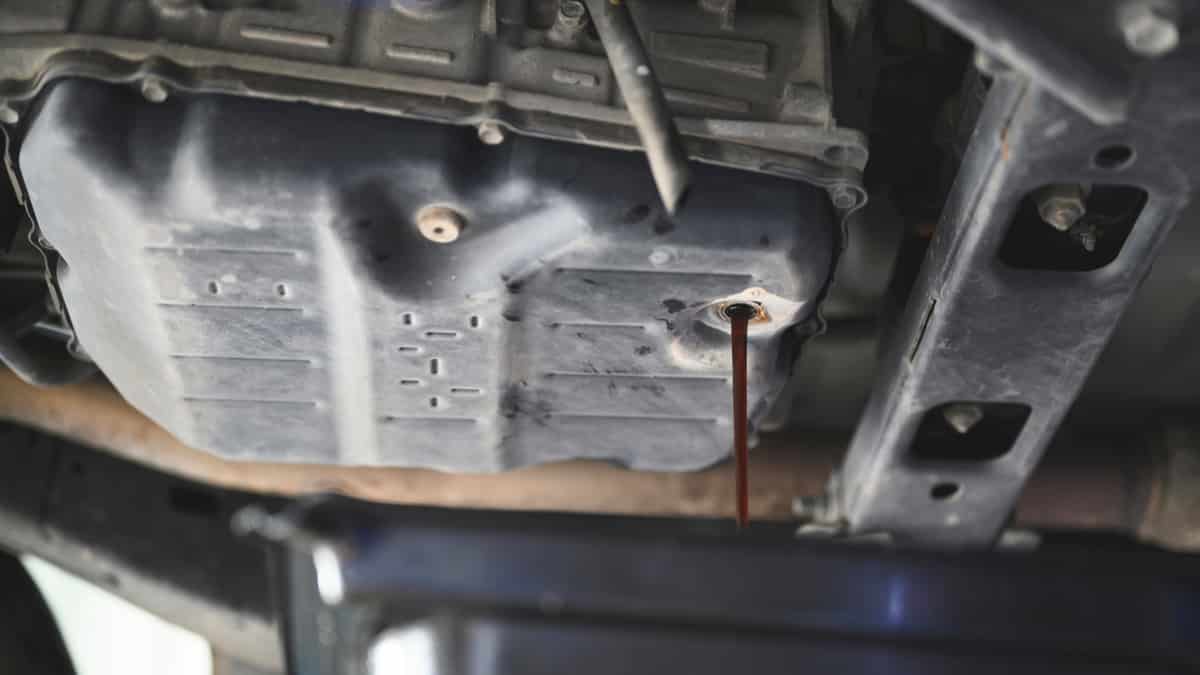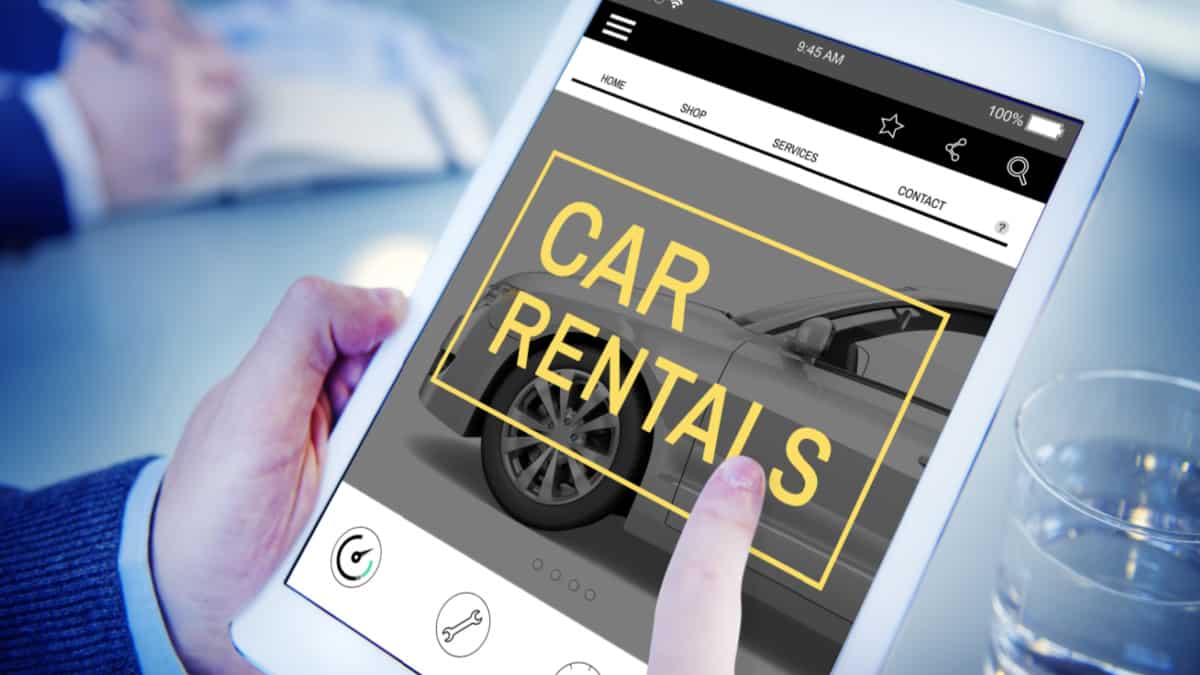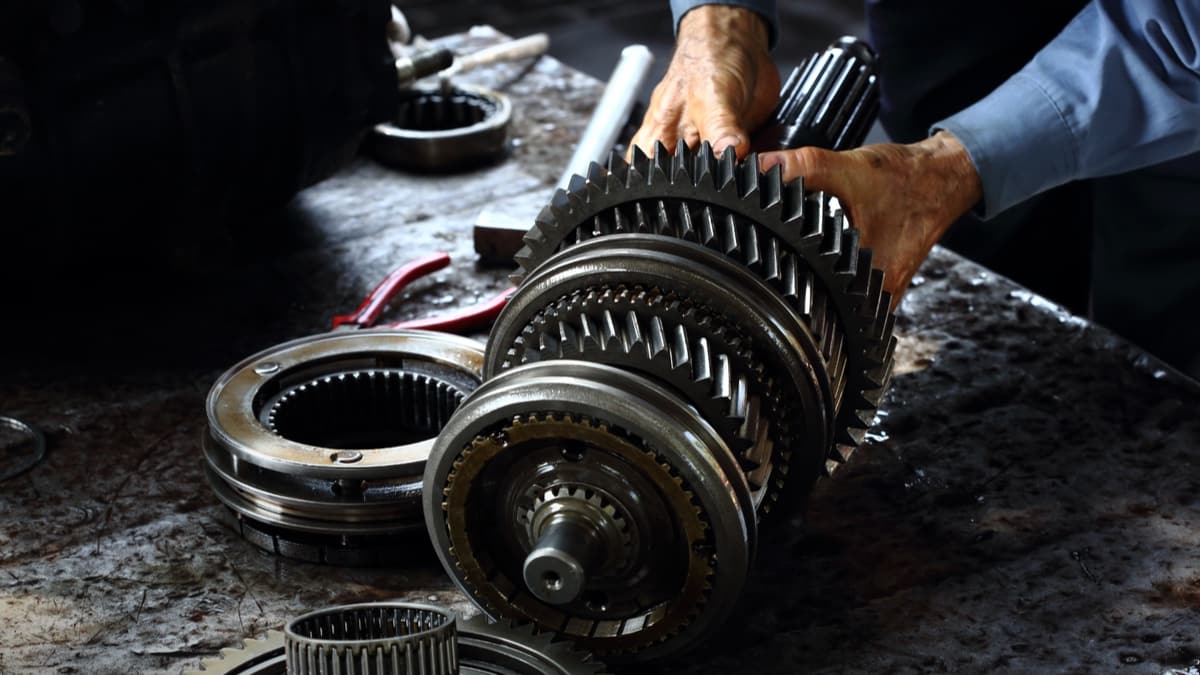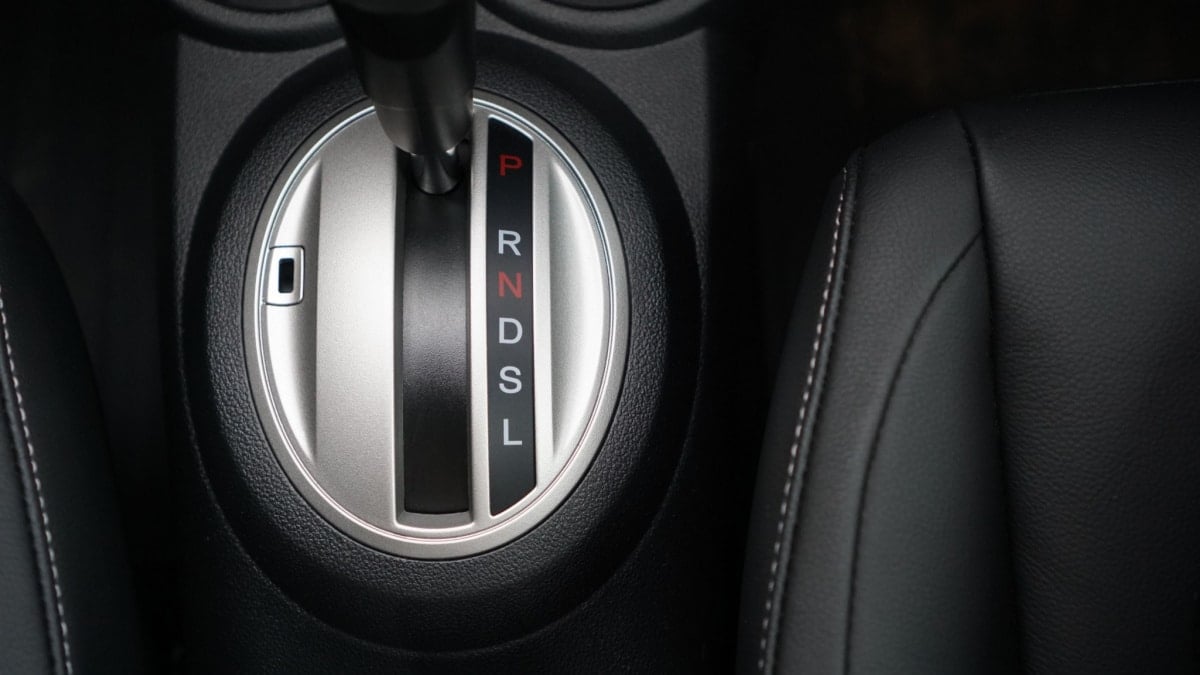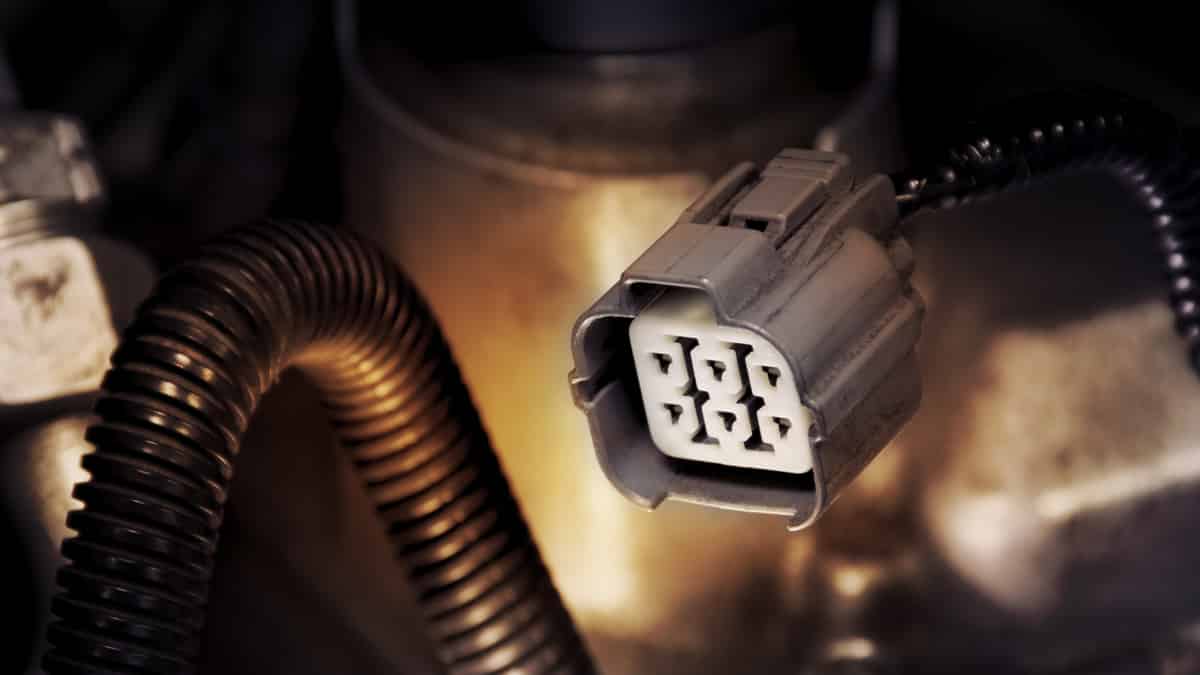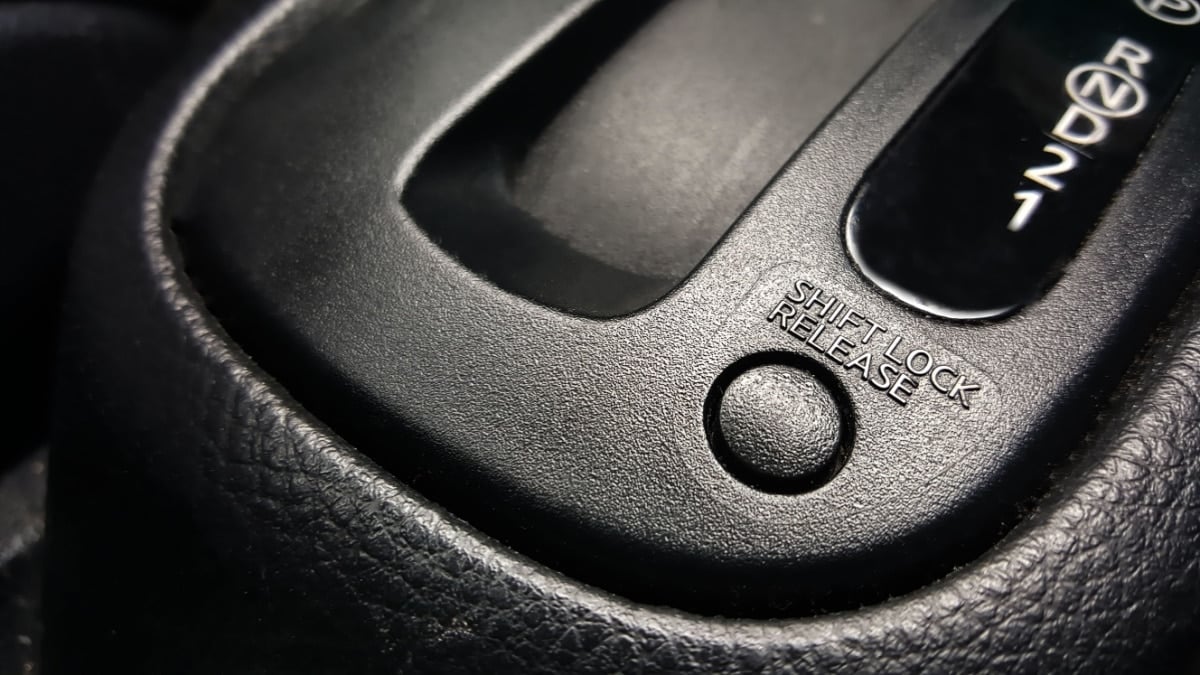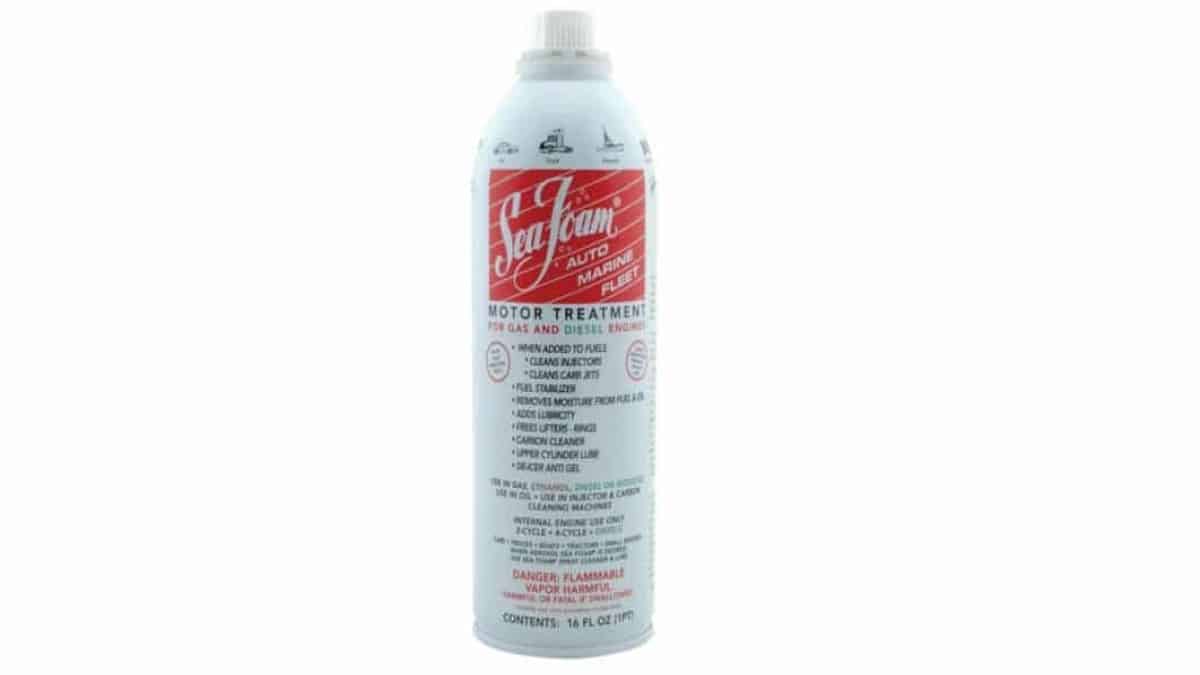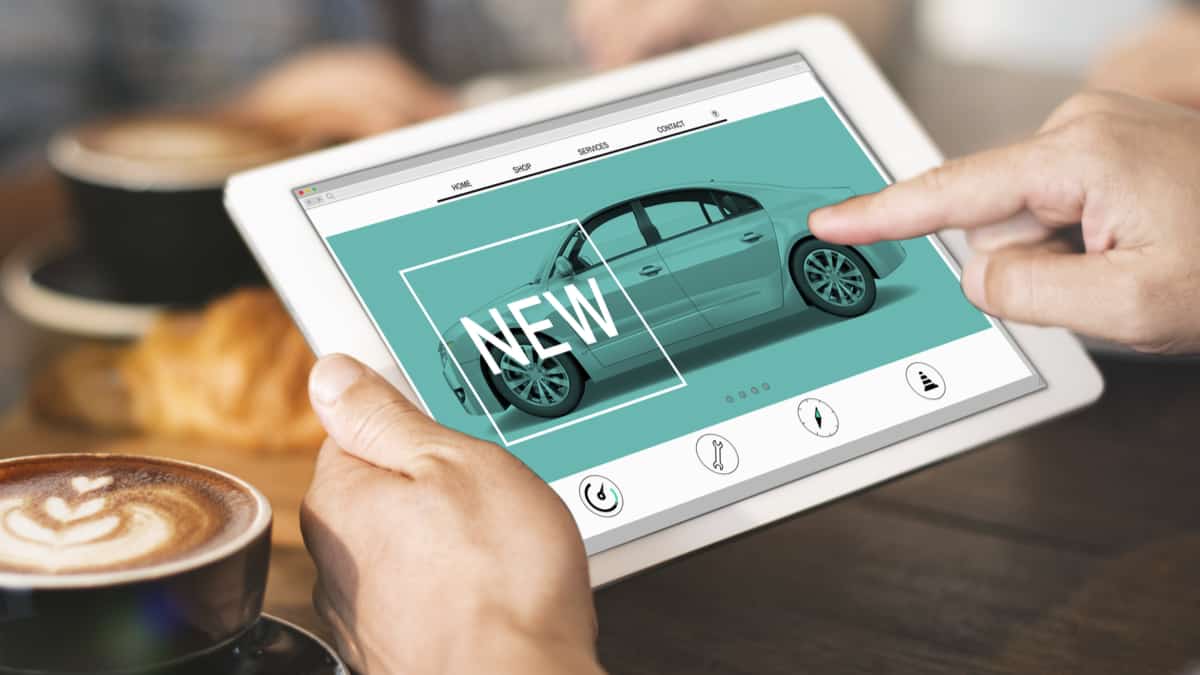You’re likely to have heard the term “overdrive” before. It sounds pretty cool! In reality, it is a pretty cool feature, but it isn’t particularly exciting.
You might imagine that the overdrive button would give your car superpowers to make it go faster or make it sound like a roaring lion.
Instead, the overdrive feature found in most cars acts as an inhibitor against your car’s fuel needs. It does that by reducing the amount of strain on the engine.
But what exactly is happening behind that overdrive button? In this article, I explore all of the answers to this question and more.
What is overdrive in a car?
Overdrive is a driving technology that allows the driver to maintain higher speeds without excessive engine wear or fuel consumption. Overdrive works by changing the transmission ratios on the last gear so that it acts like an extra gear.
Overdrive can be referred to as several different features. Some older cars with a manual transmission had a button that electronically controlled the overdrive gear. Older automatic transmissions controlled this automatically, but often still had a button to switch off the overdrive.
These older units also have a special overdrive unit on the back of the transmission. This unit contained sun, planetary, and ring gears to control the overdrive gear ratio.
What does overdrive do?
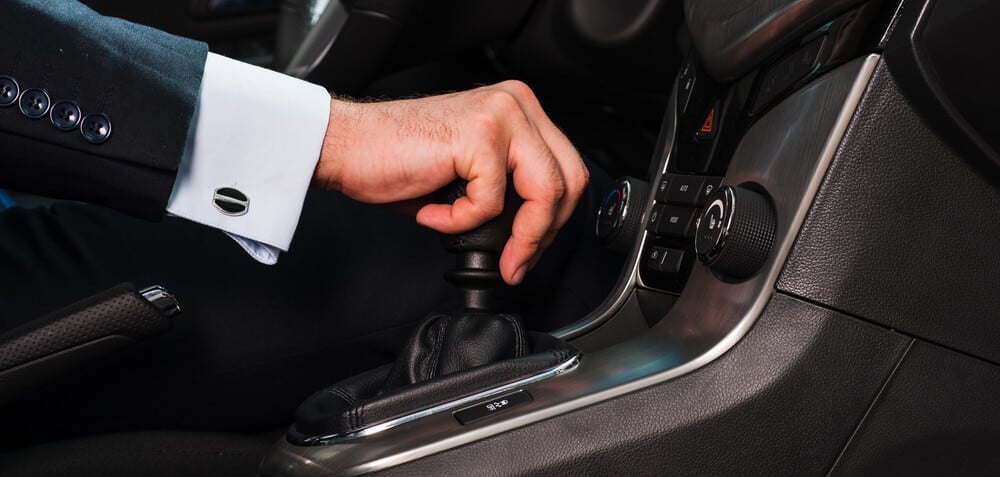
Overdrive in older cars electronically engaged an extra gear on the output shaft of the transmission to let you drive at lower RPMs but higher speeds.
Older gearboxes often had the highest gear as a 1:1 ratio, which caused the engine to rev a lot at higher speeds. These gearboxes often had 3 or 4 gears, and instead of rebuilding the whole gearbox for more gears, they installed an extra overdrive unit on the rear of the transmission.
In modern vehicles, the overdrive gear is often referred to as gears with a ratio lower than 1:1, which is often the highest gear or the two highest gears.
A gear ratio over 1:1 means that the output shaft spins faster than the input shaft on the gearbox. In overdrive, the gear ratio is between 0.6 to 0.8 against 1. This allows the car to cruise at fast speeds but a low RPM. In essence, the overdrive gear focuses more on producing faster wheel rotations in a minute instead of making more torque for acceleration.
At highway speeds, there is no need to accelerate continuously, so you don’t need the torque for that, either. That’s why overdrive gears are more preferable for highway driving compared to city driving.
RELATED: Symptoms of a Bad Neutral Safety Switch
When Should You Use Overdrive Gear?
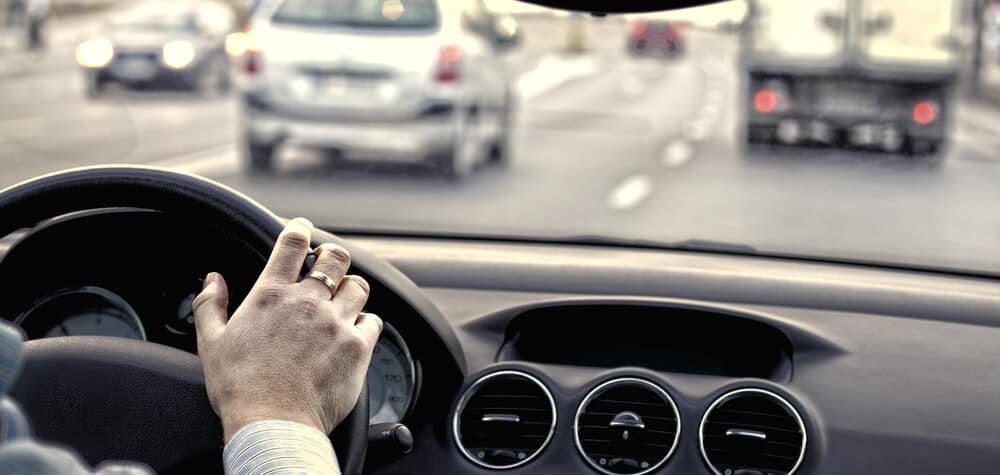
The best situation to use the overdrive gear in your car or truck is at higher speeds, above 50-60 mph, but this does depend on the car model. Check your repair manual for any specific situations or speeds for your car model.
That makes it perfect if you are planning to drive for a long time; otherwise, you won’t be able to feel its effects as much.
Fortunately, many cities are riddled with highways nowadays, so there is ample opportunity for you to test the overdrive function. If you go into overdrive at low speeds, you will lose torque, and you won’t be able to accelerate your car as you should. By using overdrive at faster speeds, you can save fuel and extend the life of your car’s engine.
RELATED: What Does O/D Off Mean In A Car Dashboard?
When Not to Use Overdrive?
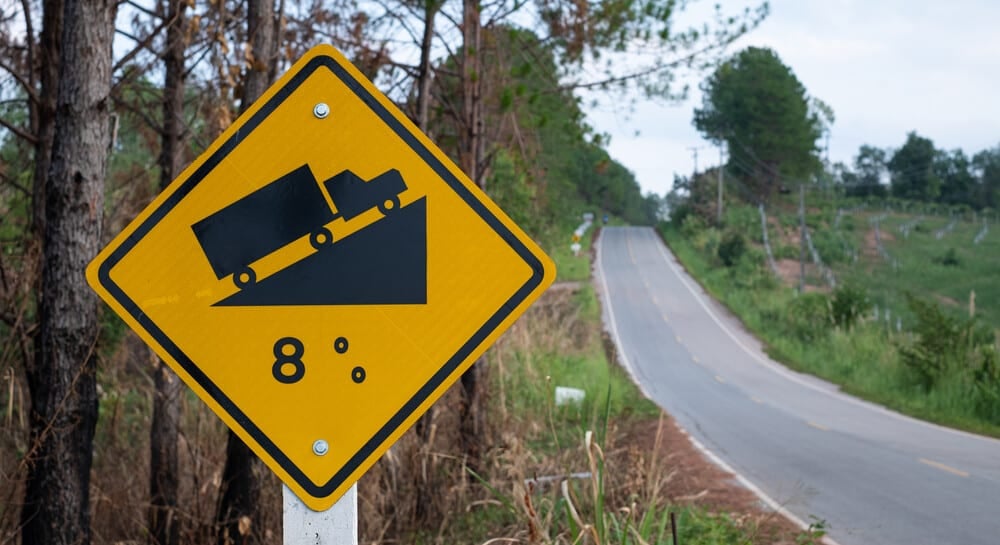
Even though using overdrive at lower speeds would compromise your car’s performance, you will still be able to drive without any worries in most cases.
However, you should be aware that there are situations where you should never use overdrive. One such situation is when you are climbing a hill or going off-road.
These applications require high torque – exactly the thing that overdrive restricts. Using overdrive is also a bad idea if you are looking to overtake a vehicle. In general, overdrive technology is suitable only for cruising. That is the only situation where you could make good use of it.
Do not under any circumstances mistake overdrive with high-performance, or you could get in big trouble. Cruising saves fuel, and when done with overdrive, cruising can really save you some money.
RELATED: What is the purpose of the D3 Gear in my Automatic Transmission?
Using Overdrive on a Manual vs. an Automatic
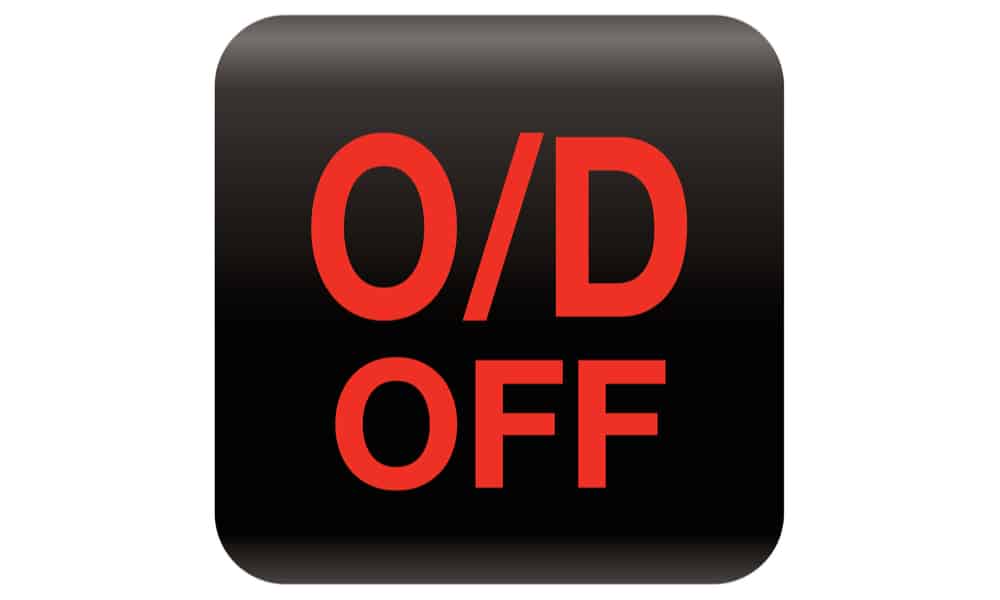
Contrary to popular belief, both automatic and manual cars have overdrive functionality. The overdrive gear performs the same in both manual and automatic cars because, in essence, it is just a gear that has a low ratio in modern cars.
The real difference is exactly what you would expect, and that is that in a manual car, you have to select when to apply the overdrive gear, while in an automatic car, the overdrive gear is activated by the ECU. Some automatic vehicles also come with a separate overdrive button you can press to get better fuel efficiency.
When it comes to manual cars, the highest gear on the transmission is usually touted as the overdrive gear since it has the lowest gear ratio. Most cars nowadays have 5 gears on them, but you can even find some cars with six or seven gears. For example, the overdrive gear in a six-gear transmission would be the sixth gear. This is the reason why having more gears equals a better fuel economy.
The higher the number of gears in the transmission, the lower the gear ratio will be. That is why trucks have nine, ten, and even fourteen gears. They can easily conserve fuel as they travel long distances in very high gears.
Which vehicles have overdrive?
Almost all car models have some kind of overdrive gear, and it applies to both manual and automatic transmissions.
However, if you are talking about the classic overdrive gear with a button on manual transmissions, it is an old feature that applied to some older car models.
Older automatic transmissions had the same type of overdrive gear that engaged automatically instead of using a button to engage it.
On the other hand, if you aren’t just talking about the old “button” style overdrive, then almost all car models have an overdrive gear. In this case, the overdrive gear is the last gear – the one with the lowest gear ratio.
Does Overdrive Save Gas?
Yes. The overdrive function reduces the RPMs of the engine at a higher speed, and therefore saves a lot of gas for you. Keep in mind that if the RPMs are too low, it can actually increase fuel consumption instead.
Is It Okay To Tow in Overdrive?
It is never a good idea to tow a car in overdrive gear. When you are towing a car, you need to have as much torque as possible. The overdrive gear gives you exactly the opposite – low torque.
Is It Bad To Use Overdrive All the Time?
Using it at lower gears and speed will cause more stress on the engine, especially when you need more torque. It is better to only use it at higher speeds, such as when cruising on the highway.
Does Overdrive Make You Go Faster?
In most car models, the overdrive gear is way over the capacity of the maximum speed of your car. Theoretically, it makes your car go faster though if you have enough power for it!
Does O/D off mean that the Overdrive is off?
Yes, O/D stands for overdrive, and therefore, the O/D off symbol tells you that the Overdrive function is off.
Categories: Transmission
